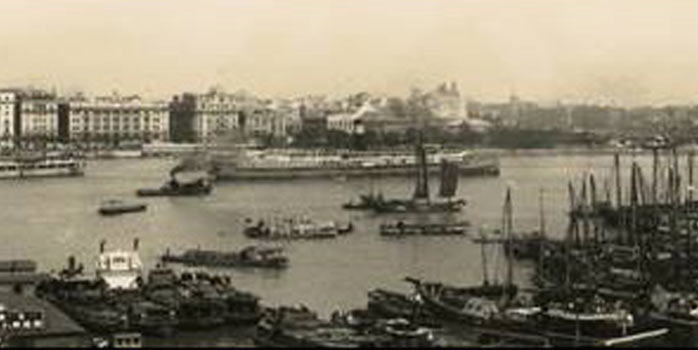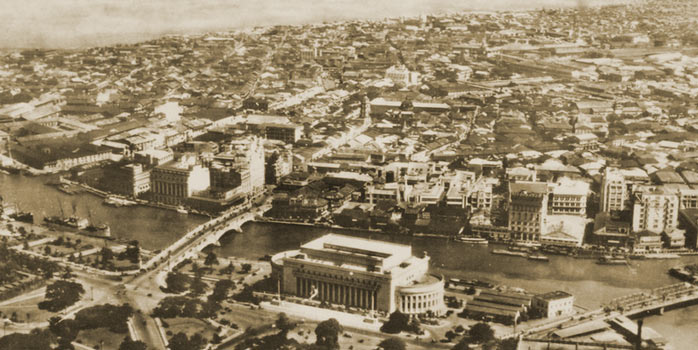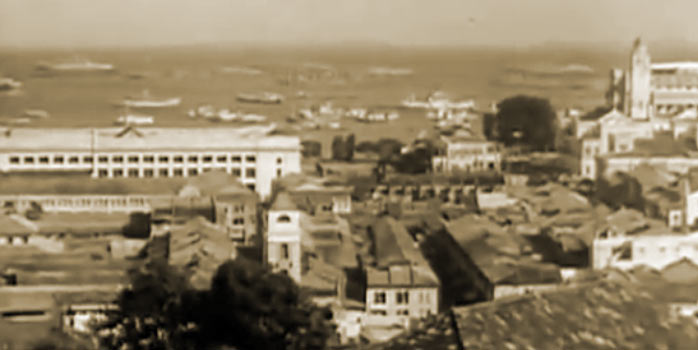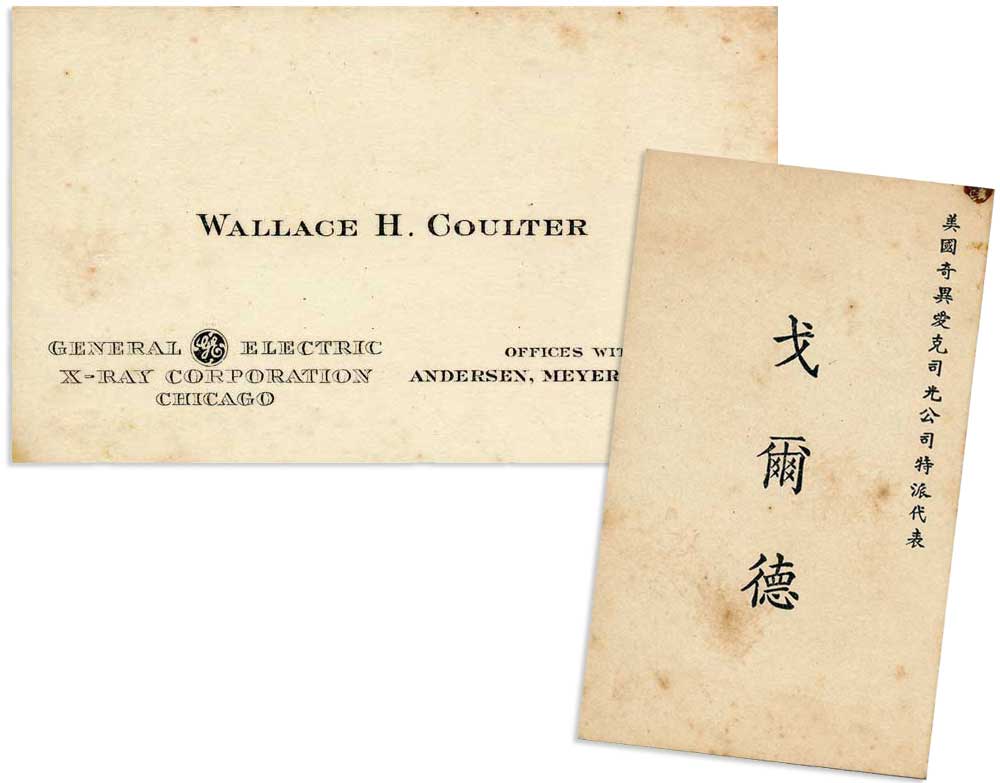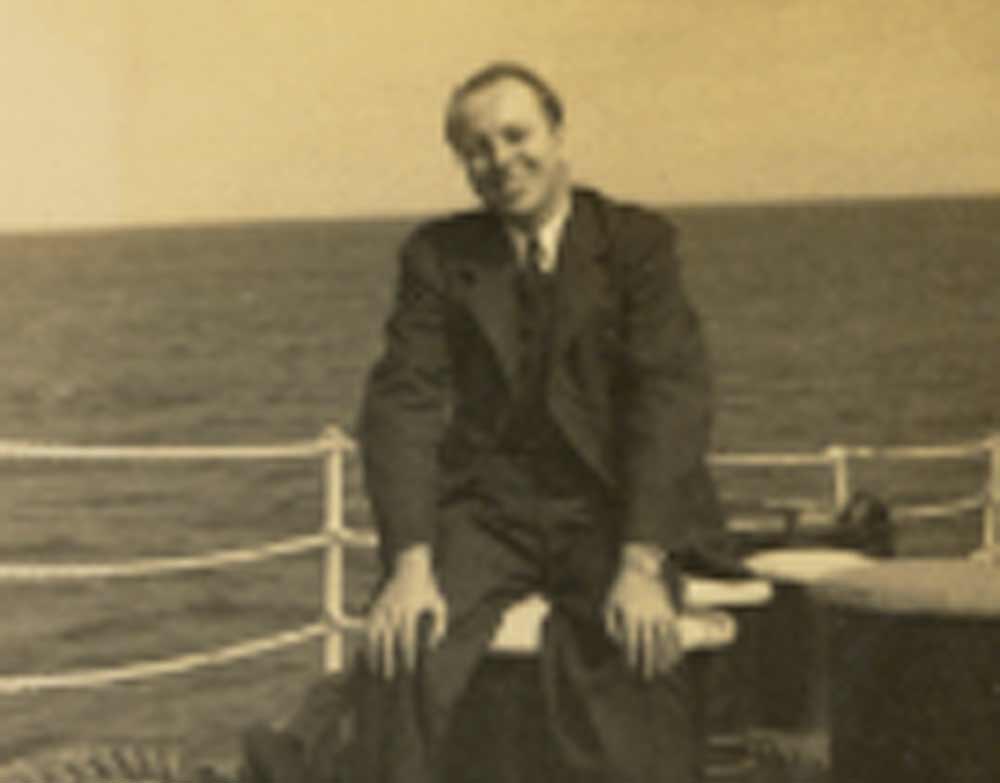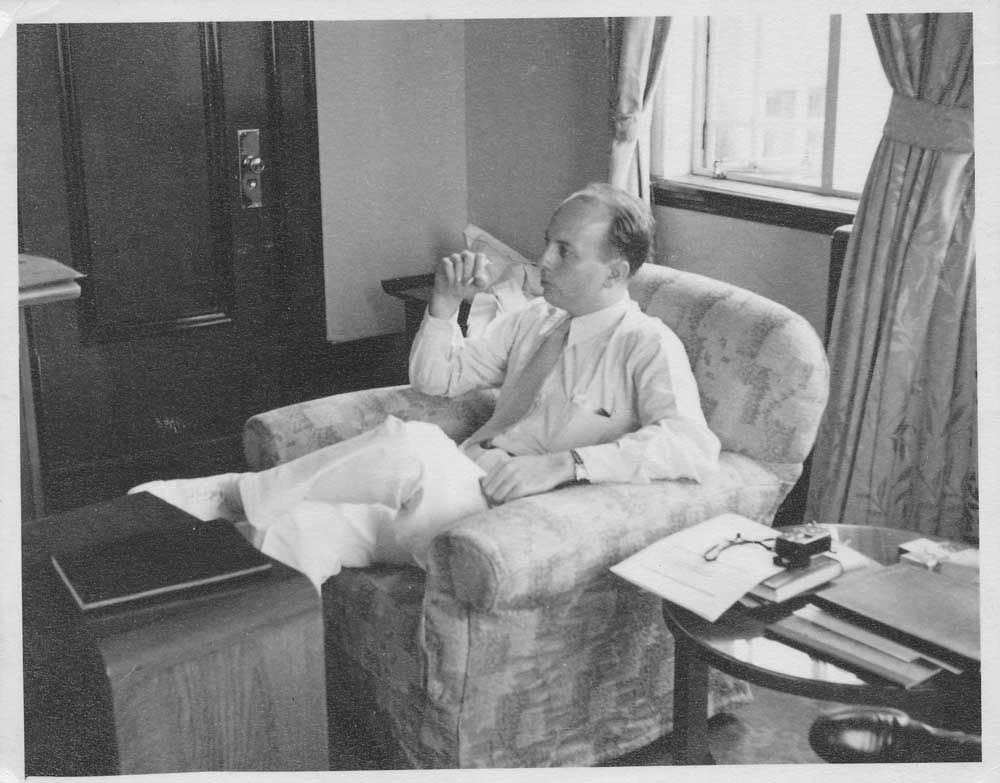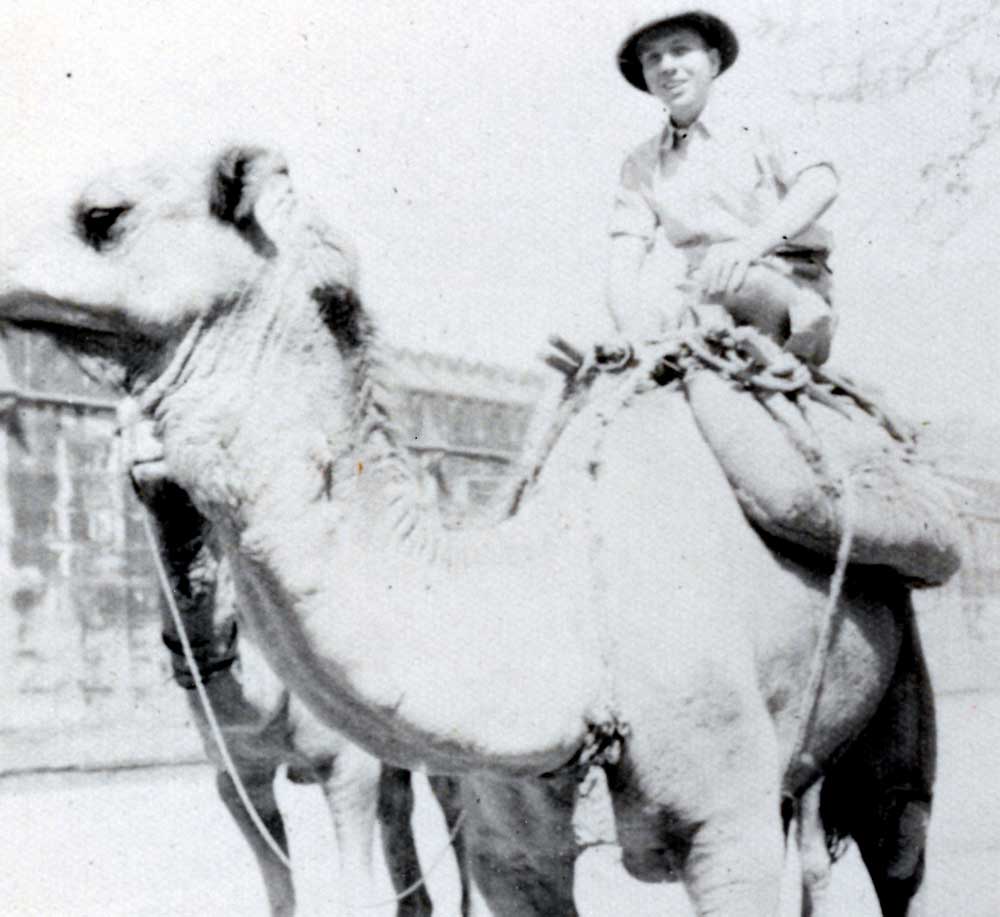
Biography
In February of 1913, Wallace Henry Coulter was born in Little Rock, Arkansas, the son of a kindergarten teacher and train dispatcher. Just 50 years after the Battle of Gettysburg, 1913 America marked the inception of the postal service and the Federal Income Tax. He was a rural, middle class, middle-America kid, whose parents influenced him with education, patriotism, frugality, books, travel, plants, gardening, and a sense of adventure. Coulter entered the technology and medical revolution, and was destined to be as important a figure as he was inconspicuous. History remembers Marconi and Edison, Einstein and Ford. Coulter’s name could and should be wedged in the middle of these. His gift to the world was described once, “like the wheel. One simply cannot imagine living without it.” Wallace Coulter changed the world in ways large and small. He opened the world to a different way of thinking, a different way of acting and a different way of operating. Coulter dreamed the American Dream, walked the American Journey, and fulfilled a life of wonder and amazement, leaving mankind richer and healthier and this world a better and safer place.
Early Life & Education

At 2 AM, on February 17, 1913 in Little Rock, Arkansas, Minnie Mae Johnson Coulter gave birth to an 8lb 8oz baby boy. Presidents Gerald Ford and Richard Nixon were born that same year, so were football coaching legends Vince Lombardi and Bear Bryant along with entertainers Red Skelton and Burt Lancaster. Wallace always had an inquisitive mind. At age three, he was fascinated with numbers and gadgets. When offered a bicycle for his eleventh birthday, he asked instead for his first radio kit. Wallace spent his adolescent years in McGehee, Arkansas, a small town near Little Rock.
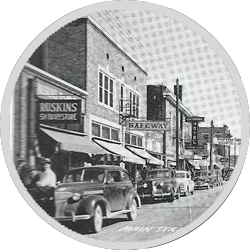
Graduating early from high school at age 16, Wallace left home to attend Westminster College in Fulton, Missouri. With a keen interest in electronics, he transferred to the Georgia Institute of Technology for his second and third years of study. This was the early 1930’s, and due to the Great Depression, Wallace left Ga Tech to complete his education at Hendrix College in Conway, AR.
Early Career
Wallace’s interest in electronics manifested itself in a variety of unconventional jobs. He worked for WNDR in Memphis, TN filling in as a radio announcer, maintaining the equipment and conducting some of the earliest experiments on mobile communications. In 1935, he joined General Electric X-Ray as a sales and service engineer in the Chicago area servicing medical equipment. This work familiarized Wallace with the testing procedures in the hospital laboratory.
While working as a sales and service engineer for General Electric X-ray, the opportunity to cover the Far East became available, this young man from Arkansas seized the chance to live and work abroad.
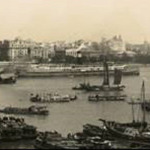
Six Months in Shanghai
After six months in Manila, Wallace was asked to make sales and service calls in the more remote regions of the territory. He traveled to Hong Kong, Macao, Canton, finally settling in Shanghai for six months. He became fascinated with Chinese history, art and culture. He admired the jade carvings of all colors, shapes and sizes, but mostly loved figurines of people and animals. He maintained this interest in Chinese art throughout his life. He began collecting jade and his collection was seen covering every surface in his office; he never tired of sharing their beauty.
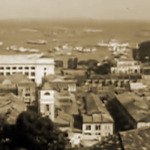
Six Months in the Philippines
Wallace first went to the Philippines, where the local GE Office was manned by technicians from many countries. He admired the lush landscape and varied tropical fruits. In his free time, he visited the open air markets. This experience fostered his love of tropical fruits. Later in life, he maintained a tropical fruit farm with lychee, longan, carambola and more than 20 varieties of mangoes.
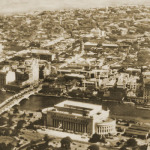
Expatriation
The practice of employing expatriates by US companies was not commonplace before World War II. During the next twenty-four months, Wallace was based in three areas servicing the entire Far East; Manila, Shanghai and Singapore. He wrote many letters home to his parents, detailing his adventures and his love of the tropical climate, the food and the cultures.
WWII and the Great Escape
Wallace transferred to Singapore where he remained until the Japanese threatened the city in late 1941. With tensions rising, Wallace tried booking his departure on one of the passenger ships leaving the country, but failed. In February, 1942, as the Japanese began bombing the city, he found a small cargo boat bound for India and left under cover of darkness in December. After a few weeks in India, Wallace realized that returning to the States through Europe was impossible. He chose a more circuitous route home, making his way through Africa and South America. It took him nearly 12 months to return to the U.S. Wallace’s sojourn in the Far East and his long journey home traversing four continents was a transformational experience for a young man from small-town America. It forever influenced his values, both professionally and personally. Evidence of this may be seen in his personal jade collection and his tropical fruit farm.Coulter Principle & Coulter Counter
After the War, Wallace worked for several electronics companies, including Raytheon and Mittleman Electronics in Chicago. He maintained a workbench in the basement of his home to work on promising ideas and projects. Using blood, a needle and some cellophane, Wallace invented the Coulter® Principle, a means for counting and sizing microscopic particles suspended in a fluid. The most impactful of his 85 patents, the Coulter Principle led to major breakthroughs in science, medicine and industry.
Wallace’s first attempts to patent his invention were turned away by more than one attorney who believed “you cannot patent a hole”. Persistent as always, Wallace applied for the patent in 1949 and it was issued on October 20, 1953. That same year, two prototypes were sent to the National Institutes of Health for evaluation. Shortly after, the NIH published its findings in two key papers, citing improved accuracy and convenience of the Coulter method of counting blood cells. That same year, Wallace publicly disclosed his invention at the National Electronics Conference in his technical paper, “High Speed Automatic Blood Cell Counter and Cell Size Analyzer“. In 1958, Wallace and his brother, Joseph Coulter, Jr., incorporated Coulter Electronics in Chicago to manufacture, market and distribute their Coulter Counters. The company was later moved to Miami, FL and the name was changed to Coulter Corporation. Wallace and Joe led this private, preeminent global diagnostics company for more than 40-years.
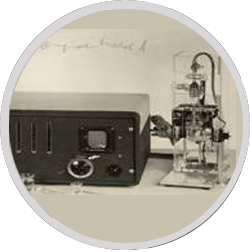
Impact
Remembering his visits to hospitals, where he observed lab workers hunched over microscopes manually counting blood cells smeared on glass, Wallace focused the first application on counting red blood cells. This instrument became known as the Coulter® Counter™.
Although Wallace Coulter received much critical acclaim over the years for his contributions to healthcare and industry, he shunned publicity and personal limelight. For Wallace, the accomplishment was important and not the accolades. He lived modestly and invested all of the company’s profits back into research and development. Wallace was a compassionate man who always encouraged his employees to dream and do their best. Wallace remained single his entire life; his employees became his extended family and he provided loans and sponsorships to those in need. In 1997, the company was sold to Beckman Instruments and became known as Beckman Coulter, Inc. Upon the sale of Coulter Corporation, Wallace ensured that his family of employees would be “taken care of” by setting aside a total fund of $100 million, a portion of which was paid to each and every employee around the world based on their years of service.
In His Own Words
Awards
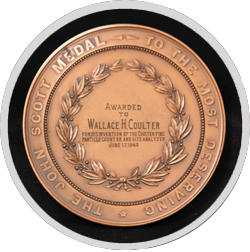
John Scott Award for Scientific Achievement
Wallace Coulter was a very private person who sought no public acclaim, yet his accomplishments are numerous. He received 85 patents, many of which were issued to him for discoveries made late in his life. In 1960, Wallace Coulter was awarded the highly prestigious John Scott Award for Scientific Achievement. This award, established in 1816 for “ingenious men and women”, is given by the City of Philadelphia, to inventors whose innovations have had a revolutionary effect on mankind. Mr. Coulter joined the likes of his childhood heroes, Thomas Edison, Marie Curie, Jonas Salk and Guglielmo Marconi, in receiving this award. He continued to receive many other awards from business, industry and academia.
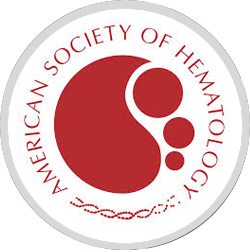
American Society of Hematology Distinguished Service Award
In 1960, Marshall Licthman, MD, then President of ASH, presented Wallace with the Distinguished Service Award. He said, “…for the most significant contribution by a non-hematologist, to the clinical and research discipline. And the award’s never been given again and it may just be that nobody else had the interest or impetus to do it, but it may also be that hard finding someone that is as deserving as Mr. Coulter.”
In 2008, the Wallace H. Coulter Foundation began recognizing contributions to the field by partnering with ASH to establish the Wallace H. Coulter Lifetime Achievement Award. This award is supported by an endowment to the society.
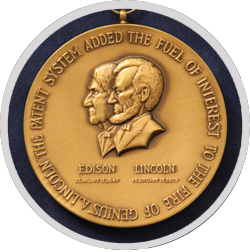
National Inventor's Hall of Fame
Founded in 1973, the National Inventor’s Hall of Fame is located on the campus of the US Patent and Trademark Office in Alexandria, VA. The Hall of Fame celebrates the technological achievements and the inventors that helped the U.S. become the innovation nation. In 2004, Wallace was posthumously inducted into the National Inventor’s Hall of Fame.

